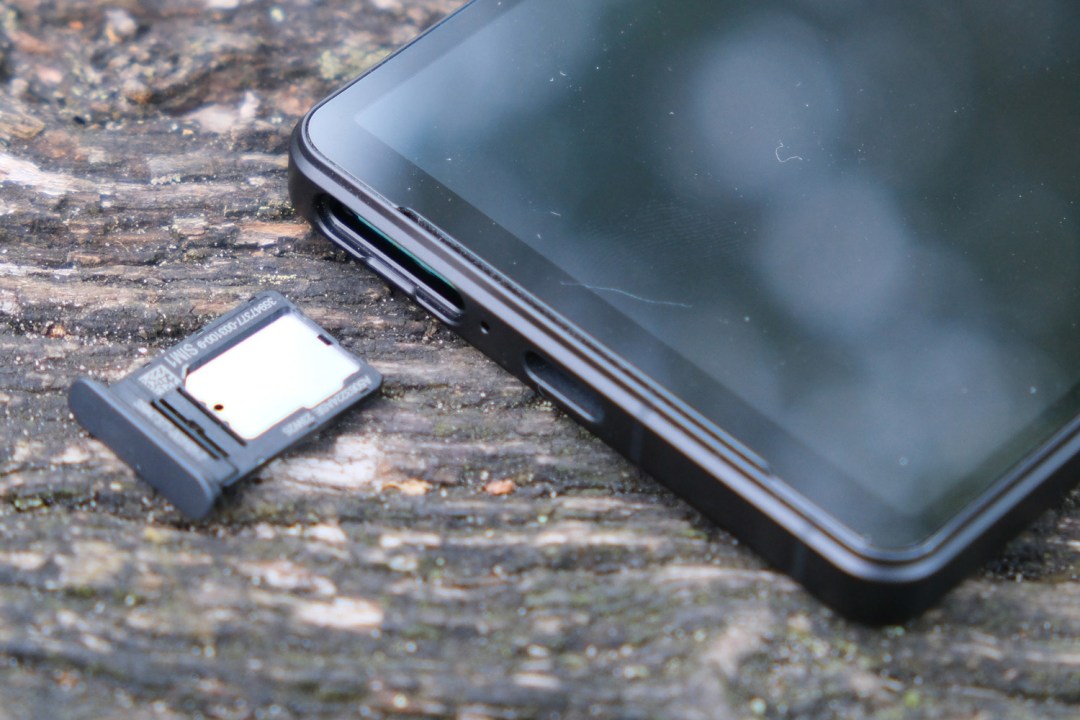rSIM: everything you need to know about these auto-switching SIM cards
This new type of SIM lets your phone automatically switch between carriers. But how does an rSIM actually work?

Remember SIMs? They’re the tiny plastic cards you’ve got to shove into a tray to make your phone work. While they’ve been around basically since the first portable phones, you’ve probably not seen one in a while thanks to eSIM tech that’s practically standard for every upcoming phone. They let your device connect to mobile networks for texting, calling, or accessing data on the go.
But there’s a new, swankier type of SIM tech in town now, dubbed rSIM. This clever connectivity clobber allows your smartphone to automatically switch carriers during disruptions, so you’re never disconnected. But how does it all work? Here’s everything you need to know about these switching SIM cards.
What even is an rSIM?
rSIMs are being called the first “resilient SIMs”. The tech is here to save the mobile connectivity day. Essentially, it’s like having two SIMs in one, letting you connect to more than one mobile operator. The tech doubles your network reliability by having two mobile operator profiles snugly fit into one SIM card slot. Rather than needing two separate SIMs (even if they are eSIMs), the new rSIM will handle all of the switching automatically.
What’s the big idea? To make the dreaded ‘lost connection’ scenario as outdated as a rotary phone. rSIMs really come into their own during outage issues. If one network loses signal or faces an outage problem, your phone can switch over to the other network and carry on like nothing ever happened. It’s going to be particularly key for IoT devices, to make sure they always stay connected.
How do they work?
Basically, an rSIM continuously monitors its own network connection. It’s like it’s constantly giving itself a physical exam. If it detects a hiccup or a full-blown outage, it doesn’t just sit there; it actively switches to an alternate mobile operator profile. Imagine it as a smart switch that flips over whenever it senses trouble, ensuring your device stays connected. This dual-operator profile system on a single SIM card significantly cuts down the risk of outages.
The rSIM doesn’t just stop there. It’s got two levels of resilience: it can handle seamless roaming for international jaunts and provides a proactive solution for uninterrupted internet access back home. There’s also a fancy Connectivity Management Platform that gives real-time insights into the connection status of each rSIM, regardless of the mobile operator profile it’s currently using.
Who can actually use rSIMs?
rSIMs aren’t picky – they’re compatible with a wide array of devices, but it’s especially revolutionary for IoT devices. We’re talking about everything from your smart home gadgets to industrial IoT applications where stable connectivity isn’t just nice to have, it’s absolutely critical. Think medical devices, smart city infrastructure, and those IoT applications in sectors like telecare and critical national infrastructure.
The tech was launched with a bit of fanfare from connectivity giants Deutsche Telekom and Tele2, but because it’s only available to mobile operators and device manufacturers, the biggest downside right now is the limited support. You can’t walk into a store and ask for an rSIM, and even if you could, very few operators support them.
That could mean it’ll be a while yet before you’ll see anything of its like available for the phone in your pocket.


